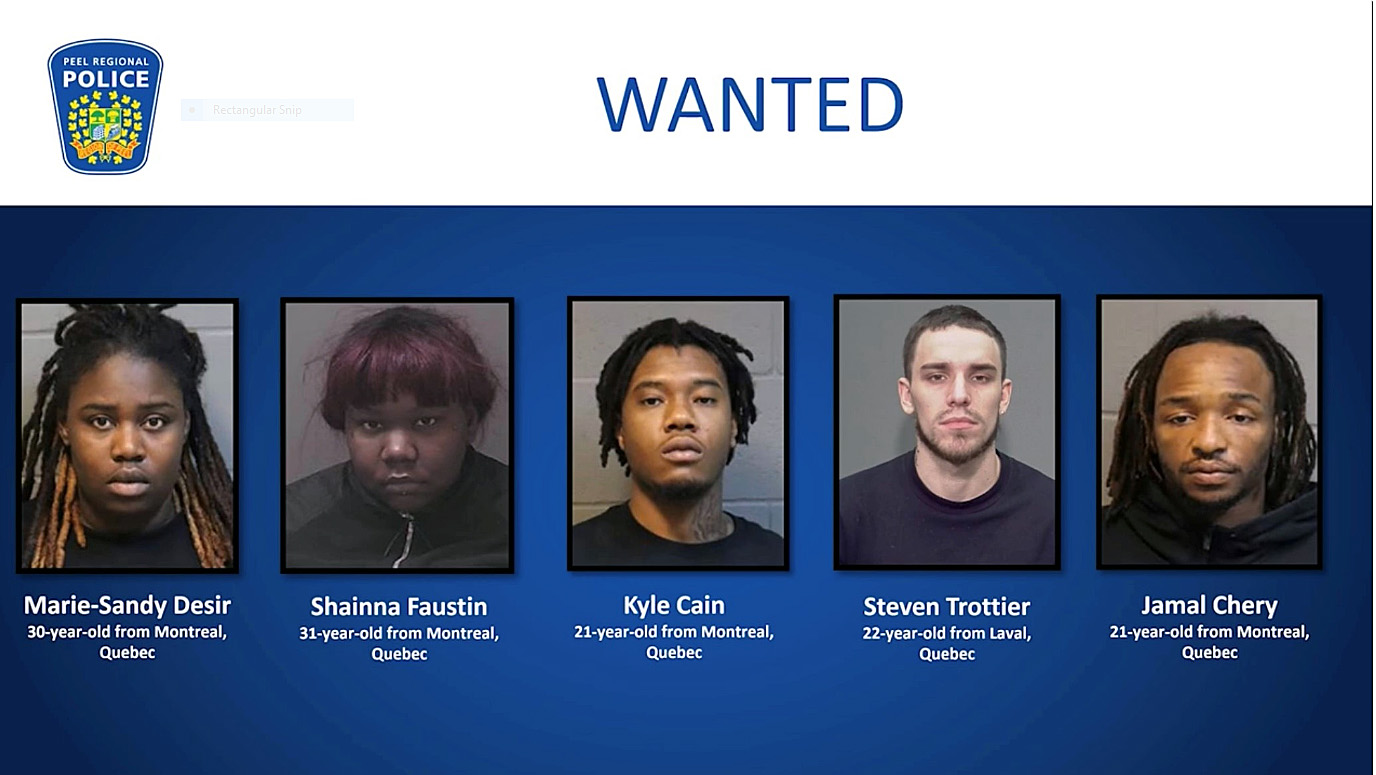Like many of the tech industry royalty he would later work alongside, David Risher began using a computer long before they were found in the average household.
The CEO of Lyft, who was born and raised in Bethesda, Md., was one of the few who grew up in the ‘70s with a personal computer in his home, which his mother used to run a business after splitting from his father.
Already a Subscriber? Sign in
“She bought an Apple II Plus, one of the earliest personal computers, and I started to use that in high school to write reports, largely because my handwriting was so bad,” Risher said. “I got interested in computers that way and ended up writing my thesis at Princeton on a computer, which today is obviously not a big thing but back then was somewhat significant.”
After completing an undergraduate degree in comparative literature at Princeton and earning an MBA from Harvard in 1991, Risher began his career at Microsoft. Six years later he took a chance on an upstart that married his passions for technology and literature, joining what was then a small online bookstore — Amazon.
Five years later, in 2002, Risher left the tech industry to spend a few years teaching and later travelling with his wife and children. During that time, he discovered a lack of educational reading material available to schools in developing countries which inspired him to co-found Worldreader in 2009. Since then, the non-profit has supplied 22 million children with digital books in more than 100 countries, with support from his former employers at Amazon and the Bill & Melinda Gates Foundation.
Over the years Risher has taken on board roles at several non-profit and for-profit enterprises, including San Francisco-based rideshare platform Lyft in mid-2021. Two years later, amid a struggling stock performance, declining market share and rumours of a sale, Risher was tapped to take over for founders Logan Green and John Zimmer.
While its primary competitor, Uber, has a presence in about 70 countries, Canada remains Lyft’s only international market, making it a vital testing ground for future expansion. Each year the platform facilitates millions of rides in Toronto and tens of millions across 18 Canadian cities — 15 of which are based in Ontario. In the first quarter of 2024, Lyft doubled its year-over-year number of rides, new riders and driver hours in Canada.
Risher recently spoke to the Star from his home in San Francisco about how he turned the ride-share company around, his plans for the platform going forward, and why Toronto is so vital to those ambitions.
Your resumé reads like you have two concurrent careers, one in the tech industry and one in the non-profit education sector. Why did you pursue two callings at once?
I reject the premise that they’re distinct, because in technology to create a program you have to write something. It may be in a programming language, but you are literally creating something from scratch by writing. Like a book it must have a theme, reason, a premise and a point. I agree there’s been a distinct but complimentary “scaling technology” side and “leading with purpose” side; I happen to think the most effective leaders going forward will understand technology as well as the humanities.
How did Worldreader come about?
After I left Amazon I taught for a couple of years at a university in Seattle, and then my wife and I decided to move oversees. We lived in Barcelona for a while, and then decided to spend a year travelling the world with our kids while teaching them ourselves.
We did 19 different countries, and one of the last was Ecuador, where we visited an orphanage. As we left, I saw a building with a big padlock, so I asked why the building was locked, and they said, “That’s our library,” which caught my attention. They said the books come by boat, they take forever to get here, they’re often out of date, and they’re just not interesting to the kids. At that point all my worlds collided, and I wanted to figure out a way to create a non-profit that gets kids all over the world reading using technology.
Was it difficult stepping down as CEO of Worldreader to run Lyft last year?
When I got the call from our board chair asking me to consider throwing my hat in the ring my first reaction was “absolutely not, my life’s purpose is getting kids reading, why would I ever want to stop?”
Then I asked myself where else would I get an opportunity to take what I had learned at Microsoft about competition, at Amazon about customer obsession, and at Worldreader about leading with purpose? It was very hard to leave Worldreader, but I was very lucky to have a great number two who could take over, and I remain on the board.
Why do you believe you were chosen for the CEO job?
The short answer is I am customer obsessed. That was one of the reasons they asked me to be on the board in the first place. Boards are often long on finance and business strategy people, but a little far away from customers. I felt it was my role to remind everyone to think about our riders and drivers. I believe they asked me to take over as CEO because I had proven that commitment.
You joined at a difficult moment for the company, and quickly made some difficult changes, like laying off more than a quarter of your workforce. How have things gone since?
We’ve seen quarter after quarter of growth since I joined, we’re getting closer to profitability every quarter, and we’ve been cash-flow positive for the last two quarters. I attribute that growth to just doing better for customers, picking people up faster, and doing it at a good price.
When most people think of Lyft, they often think of the big competitor. Are you actively seeking to overtake them?
Every year, people in North America take north of 160 billion rides in their cars. We at Lyft will do roughly 800 million rides this year, and our competitor might do twice as many. So, we account for just over two billion of that 160 billion. That’s my focus. Obviously, we have to pay attention to Uber, but we’re both tiny in comparison to all the different opportunities we have to make people’s lives better.
How significant is Toronto, and Canada, to Lyft’s overall strategy?
Super important. Canada is our first and only market outside of our home country, and we’ve had great success there. We also supply Toronto’s bike-share system; we did about 5.7 million rides just on bike’s last year. We want to give drivers a way to earn, riders a way to get around, and people easier access to bikes so they can get around in a healthier and more sustainable way. We also have an office of about 100 people now on Bay Street, which will be our single biggest technical hub outside of San Francisco, so it’s a place we’re super invested in.
There was a time when people picked a company and worked there for a long time, maybe their whole life. Then careers started to look more like mine; a few years at Microsoft, a few years at Amazon. I think today we’ve moved to a new stage, the gig economy, and a lot of people frankly haven’t caught up yet. Over 90 per cent of Lyft drivers are on the platform for fewer than 20 hours a week, so for the vast majority it’s part time or supplementary.
People look at that with skepticism, but if you look at our data drivers make roughly $30 (U.S.) an hour when they’re on the clock, gross, or about $23.50 after expenses. Some people say, “What about waiting time?” but a lot of the time when they’re not on the clock for us they’re driving for Uber or DoorDash, or they go to a doctor’s appointment. The data doesn’t fit neatly into the nine-to-five format, but I believe most drivers really like what they’re doing and feel like they’re being paid fairly.
We haven’t always done as good of a job being transparent, so now in the U.S. — and coming soon to Canada — drivers get a statement every week that shows how much riders paid, how much Lyft took, how much they get paid, and we guarantee they will always make 70 per cent of what riders paid after certain expenses.
Toronto’s population is growing faster than its transportation infrastructure. What role do ride-share platforms play in filling that gap?
When I was there someone told me Toronto has succeeded despite its transportation infrastructure. What we offer is a flexible way to quickly address those gaps without building new rails or roads.
We also talk a lot about getting cars off the road, but we don’t talk as much about parking, which takes up a lot of city space that ride shares and bikes obviously don’t need. We also give data back to cities about traffic bottlenecks and where we’re doing a lot of pickups, which helps them make better transportation decisions.
We want to be thought of as part of the city’s infrastructure. The cities who really embrace ride-sharing are the ones that are going to be most successful going forward, because they have a whole new set of tools they didn’t have in the past.










